Business
Penny Stocks: The Ultimate Guide to High-Risk, High-Reward Investing
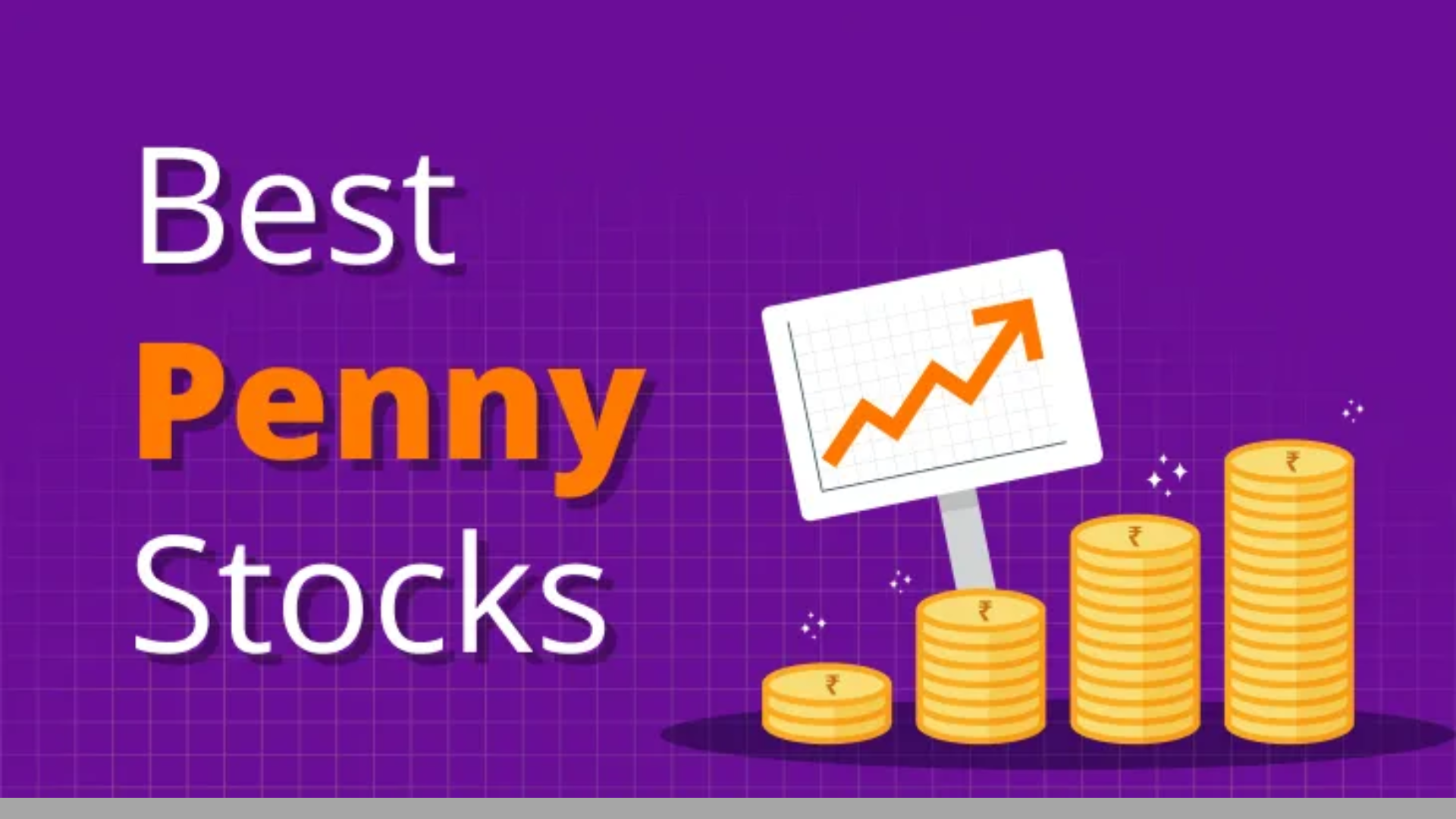
Investing can feel like a jungle. From blue-chip giants like Apple and Microsoft to cryptocurrencies and real estate, there’s always a shiny new opportunity pulling your attention. But among all these, one type of investment keeps popping up in conversations, usually accompanied by tales of either “overnight millionaires” or “disastrous losses.” We’re talking about penny stocks.
If you’ve ever wondered what penny stocks are, why they’re considered so risky, and whether they can actually make you rich, this comprehensive guide is for you. We’ll dive deep into what it mean, how they work, strategies for trading them, the pros and cons, and whether they’re right for your portfolio.
What Are Penny Stocks?
It refers to shares of very small companies that trade at low prices. Traditionally, any stock trading below $1 per share was considered a penny stock. However, the U.S. Securities and Exchange Commission (SEC) currently defines it as shares of companies trading for less than $5 per share.
Unlike well-established companies listed on the New York Stock Exchange (NYSE) or NASDAQ, it often trade on smaller exchanges like the OTC Bulletin Board (OTCBB) or Pink Sheets, where reporting and regulatory requirements are less strict.
Key Characteristics :
- Low Price: Typically under $5, sometimes even fractions of a cent.
- Small Market Capitalization: Usually less than $300 million.
- Thin Trading Volume: Not many people are buying or selling, leading to illiquidity.
- Lack of Transparency: Less financial reporting compared to major listed companies.
- Speculative Nature: Prices can skyrocket or collapse overnight.
Why Do People Invest in Penny Stocks?
Despite the risks, it attracts a huge following. Why? The answer is simple: potential rewards.

- Low Cost of Entry :With just a few hundred dollars, you can buy thousands of shares.
- High Growth Potential : Small companies can grow rapidly if they hit success.
- The “Lottery Ticket” Appeal : People hope their cheap stock will turn into the next Amazon or Tesla.
- Thrill of Speculation :Its trading can be exciting for those who like fast-moving markets.
For example, Monster Beverage (MNST), now a multi-billion-dollar company, was once a penny stock trading under $1 in the early 2000s. Imagine investing $1,000 back then it could have turned into hundreds of thousands today.
Of course, for every success story like Monster, there are thousands of failures.
Risks of Penny Stocks
Before diving in, let’s be very clear: penny stocks are among the riskiest investments you can make.
1. High Volatility
Prices can fluctuate by 50% or more in a single day. That means you could make—or lose—huge sums quickly.
2. Low Liquidity
Since not many people trade these stocks, selling them can be hard. You may be forced to sell at a much lower price than you want.
3. Lack of Information
Most companies don’t file detailed financial reports with the SEC. Without transparency, it’s difficult to judge the company’s true value.
4. Fraud and Scams
The world of penny stocks has long been associated with “pump and dump” schemes. In these scams, promoters artificially inflate a stock’s price with hype, then sell their shares, leaving others with worthless stock.
5. Poor Business Fundamentals
Many companies are struggling financially or have unproven business models. Some may be on the verge of bankruptcy.
How to Trade Penny Stocks
If you’re still intrigued, let’s talk about how penny stock trading works.
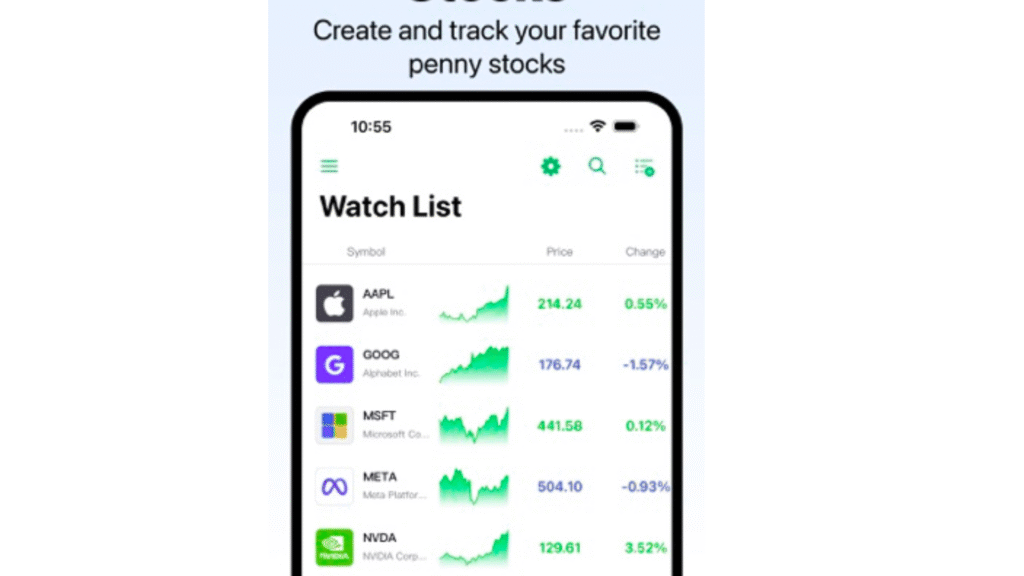
1. Choose the Right Broker
Not all stock brokers allow penny stock trading. Some restrict access to OTC markets. Look for brokers that provide access to a wide range of stocks and charge reasonable fees. Examples: Interactive Brokers, TD Ameritrade, or E*TRADE.
2. Do Thorough Research
Never invest based on hype or hot tips from online forums. Instead, look at:
- Financial reports (if available)
- Company history and management team
- Industry trends
- Trading volume and stock chart patterns
3. Start Small
Only invest money you can afford to lose. Start with a small portion of your portfolio—think of it as speculative money.
4. Use Stop-Loss Orders
Set automatic sell orders to limit losses if the stock falls below a certain price.
5. Diversify
Don’t put all your money into one penny stock. Spread your risk across several speculative plays.
Strategies for Penny Stock Investors
1. Momentum Trading
This involves buying stocks that are already rising in price, hoping the trend continues. It’s risky but can yield quick profits.
2. Fundamental Analysis
Rare in penny stocks but still possible. Look for small companies with genuine growth potential, innovative products, or improving financials.
3. Day Trading
Many traders buy and sell penny stocks within the same day to profit from short-term movements. This requires constant monitoring and fast decision-making.
4. Swing Trading
Holding stocks for days or weeks to capture medium-term price moves.
5. Avoiding the Hype
Stay away from “hot stock tips” circulating on social media. If everyone is talking about it, chances are you’re late to the party.
Success Stories
To keep things balanced, let’s look at companies that started as penny stocks and became giants:
- Monster Beverage (MNST): Once under $1, now trades above $50 per share.
- Ford Motor Company (F): Believe it or not, Ford dipped into penny stock territory during the 2008 financial crisis but rebounded.
- True Religion Jeans: Once a penny stock, later grew into a successful fashion brand.
These stories fuel the dream for many penny stock investors.
Penny Stock Horror Stories
But for every winner, there are hundreds of losers.

- Enron (ENRNQ): Before bankruptcy, it was once a blue-chip stock, then fell into penny stock status before disappearing.
- RadioShack (RSHCQ): Once a household name, it collapsed and traded as a penny stock until bankruptcy.
- Countless “Shell Companies”: Many penny stocks exist only on paper, designed to scam investors.
Penny Stocks vs. Regular Stocks
| Feature | Penny Stocks | Regular Stocks |
|---|---|---|
| Price | <$5 | Usually $10–$100+ |
| Risk Level | Extremely High | Moderate |
| Transparency | Low | High |
| Trading Volume | Thin | Heavy |
| Regulation | Limited | Strict |
| Potential Returns | Massive | Steady |
Are Penny Stocks Right for You?
The answer depends on your risk tolerance, financial goals, and investment experience.
- If you’re looking for stable, long-term growth—penny stocks aren’t for you.
- If you enjoy speculation, can afford potential losses, and treat penny stocks as a side bet—they might fit your strategy.
Think of penny stocks as the “casino corner” of your portfolio. Enter with caution, manage your risk, and never bet more than you can afford to lose.
Tips for Safer Trading
- Avoid OTC Pink Sheet Stocks : Stick to those listed on larger exchanges when possible.
- Look for Real Companies : Seek businesses with revenue, products, or services—not just empty promises.
- Don’t Chase Hype : If you hear about a penny stock on social media, you’re probably too late.
- Stay Educated : Read financial news, company filings, and analyst reports when available.
- Treat It Like Speculation, Not Investment : These should not form the core of your portfolio.
Final Thoughts
Penny stocks are the wild west of investing. They’re exciting, risky, and sometimes rewarding but more often than not, they lead to disappointment. For most people, building wealth through blue-chip stocks, index funds, or real estate is a smarter path.

That said, if you understand the risks, trade responsibly, and approach penny stocks with a clear strategy, they can add a speculative edge to your investing journey.
Remember: Never risk your financial future on penny stocks. Treat them as entertainment or a high-risk experiment not a retirement plan.
FAQs About Penny Stocks
Q1: Can you really get rich from penny stocks?
Yes, but it’s extremely rare. Most penny stocks fail, but a few can grow massively.
Q2: Are penny stocks legal?
Yes, but many scams occur in the penny stock world. Always be cautious.
Q3: Where can I buy penny stocks?
Through brokers that allow OTC and low-priced stock trading, like TD Ameritrade or Interactive Brokers.
Q4: What’s the minimum investment for penny stocks?
There’s no minimum, but most brokers require at least a small deposit. You can start with as little as $100.
Q5: Should beginners invest in penny stocks?
Not recommended. Beginners should start with diversified index funds or blue-chip stocks before experimenting with penny stocks.
Business
The Ultimate Guide to Paid Marketing: Strategies, Benefits, and Best Practices for 2025

Introduction
In the fast-paced digital world of 2025, businesses can no longer rely solely on organic reach to achieve visibility. With the rise of competition and constant algorithm changes, paid marketing has become a crucial part of every successful digital strategy. It enables brands to reach targeted audiences quickly, measure performance accurately, and scale campaigns efficiently.
This comprehensive guide explores everything you need to know about paid marketing from its definition and advantages to the best platforms, strategies, and tools to help you master paid advertising.
What is Paid Marketing?
It refers to any form of digital advertising where businesses pay to display their content or promotions to potential customers. Unlike organic marketing, which depends on unpaid methods like SEO and social media engagement, paid marketing offers immediate visibility.
Paid marketing includes several formats such as:
- Pay-Per-Click (PPC)
- Display Ads
- Social Media Ads
- Video Advertising
- Influencer Marketing (sponsored content)
- Native Ads
In short, paid marketing helps companies promote their products or services through strategically placed advertisements across search engines, websites, and social media platforms.
Why Paid Marketing Matters in 2025
The digital landscape is evolving rapidly, and brands that fail to adapt are often left behind. Here’s why paid marketing is essential today:

- Instant Visibility:
Unlike organic SEO, which takes time, paid marketing delivers instant exposure to your target audience. - Precise Targeting:
Platforms like Google Ads and Meta Ads let advertisers target users based on demographics, behavior, and interests. - Scalability:
You can easily increase your reach or budget to scale your campaigns as your business grows. - Measurable Results:
With detailed analytics, marketers can track ROI, conversion rates, and ad performance in real time. - Brand Authority:
Consistent visibility through paid campaigns builds brand recognition and trust.
Types
Let’s explore the most popular types of paid marketing used by businesses today:
1. Pay-Per-Click (PPC) Advertising
PPC is one of the most common forms of paid marketing. Advertisers pay a fee each time someone clicks on their ad. Platforms like Google Ads and Bing Ads dominate this category.
Advantages:
- Quick visibility on search engines
- Budget control and measurable ROI
- Effective for high-intent keywords
Example: A bakery bidding on “best cupcakes near me” can appear on top of Google results instantly.
2. Social Media Advertising
Social platforms like Facebook, Instagram, TikTok, LinkedIn, and X (Twitter) offer robust advertising tools. These allow brands to target specific audiences with visual and interactive content.
Advantages:
- Highly targeted audience segmentation
- Great for brand awareness
- Supports multiple ad formats (carousel, video, stories)
Example: A fashion brand promoting its new summer collection on Instagram to women aged 18–35.
3. Display Advertising
Display ads are visual banner ads that appear on websites, apps, or videos. They can be static or animated and help in creating brand awareness.
Advantages:
- Strong visual impact
- Wide reach through the Google Display Network
- Excellent for remarketing
4. Video Advertising
Video ads are powerful storytelling tools. Platforms like YouTube, TikTok, and Facebook Watch allow brands to showcase engaging content that connects emotionally.
Advantages:
- High engagement rates
- Strong emotional connection
- Ideal for brand recall and awareness
5. Native Advertising
Native ads blend seamlessly with the content of the platform, offering a less intrusive experience. These ads appear on news sites, blogs, and apps.
Advantages:
- Higher engagement
- Non-disruptive user experience
- Builds trust
6. Influencer and Affiliate Marketing
Collaborating with influencers or affiliates can drive organic-looking paid results. Influencers share sponsored content that promotes a product to their followers.
Advantages:
- Builds credibility
- Access to loyal audience bases
- Great for niche marketing
How Paid Marketing Works
Here’s a simple breakdown of how paid marketing campaigns operate:

- Set Your Objective:
Define what you want clicks, sales, leads, or engagement. - Choose Your Platform:
Select where your audience spends time (Google, Facebook, LinkedIn, etc.). - Select Target Audience:
Use targeting filters like age, gender, location, interests, and behavior. - Design Your Ad:
Create eye-catching visuals, headlines, and calls to action (CTA). - Set Budget & Bidding:
Decide your daily or campaign budget and choose a bidding strategy (CPC, CPM, CPA). - Launch & Monitor:
Track performance through metrics like impressions, clicks, conversions, and ROI. - Optimize Regularly:
Adjust targeting, creatives, and bids for better performance.
Benefits
Paid marketing offers numerous benefits that make it an essential tool for any modern brand:
- Immediate traffic and leads
- Targeted exposure to relevant audiences
- Data-driven decision making
- Enhanced brand recall
- Scalable and flexible advertising budgets
- Integration with analytics tools for optimization
Top Platforms for Paid Marketing
1. Google Ads
The most popular paid marketing platform, offering both search and display networks. Great for reaching high-intent customers.
2. Facebook & Instagram Ads
Ideal for lifestyle, fashion, and consumer brands aiming for visual engagement.
3. LinkedIn Ads
Perfect for B2B companies targeting professionals and decision-makers.
4. YouTube Ads
Highly effective for storytelling through video marketing.
5. TikTok Ads
A trending platform for short, viral, and creative ad campaigns.
6. Twitter (X) Ads
Good for real-time engagement and trending conversations.

Paid Marketing vs. Organic Marketing
| Aspect | Paid Marketing | Organic Marketing |
|---|---|---|
| Speed | Immediate results | Long-term growth |
| Cost | Requires budget | Free, but time-consuming |
| Control | Full control over visibility | Controlled by algorithms |
| Analytics | Clear ROI tracking | Harder to measure |
| Sustainability | Short-term boost | Long-term visibility |
A smart digital strategy uses both : organic marketing for credibility and paid marketing for reach.
Common Mistakes
Avoid these pitfalls to maximize ROI:
- Ignoring negative keywords in PPC campaigns
- Poor ad creatives or unclear CTAs
- Targeting too broad or too narrow an audience
- Not optimizing landing pages
- Failing to track conversions
- Neglecting A/B testing
Best Practices for Paid Marketing in 2025
- Leverage AI and Automation:
Tools like Google Performance Max and Meta Advantage+ automate bidding and targeting for better efficiency. - Focus on Personalization:
Deliver ads that match user intent and behavior. - Use High-Quality Visuals:
Invest in professional graphics and video production. - Test Everything:
Run A/B tests on creatives, headlines, and CTAs. - Retarget Visitors:
Use retargeting campaigns to re-engage users who visited your website but didn’t convert. - Optimize for Mobile:
Ensure ads and landing pages are mobile-friendly.
Measuring Success: Key Metrics
To understand your campaign’s performance, track the following:
- Click-Through Rate (CTR)
- Conversion Rate
- Cost Per Click (CPC)
- Return on Ad Spend (ROAS)
- Impressions
- Customer Acquisition Cost (CAC)
Future of Paid Marketing
The future of paid marketing is intelligent, data-driven, and personalized. With AI-driven ad targeting, voice search ads, and augmented reality (AR) experiences, paid marketing will continue to evolve. Brands that embrace technology and creativity together will dominate the digital landscape.
Conclusion
Paid marketing is more than just running ads it’s about delivering the right message to the right audience at the right time. When used strategically, it can skyrocket your brand visibility, attract qualified leads, and maximize ROI.
By combining creativity with data analytics, businesses can craft paid marketing campaigns that drive measurable success in 2025 and beyond.
Business
The Power of Email Marketing: A Complete Guide for 2025

Email marketing remains one of the most effective digital marketing strategies despite the rise of social media and new communication channels. With billions of active email users worldwide, businesses can directly reach their audience, build trust, and drive conversions at a relatively low cost. Whether you are a small business owner, a marketer, or an entrepreneur, understanding the fundamentals of email marketing can help you grow your brand and boost revenue.
What is Email Marketing?
Email marketing is the practice of sending targeted emails to a list of subscribers or customers with the aim of promoting products, services, or building long-term relationships. It can include newsletters, promotional campaigns, product launches, and personalized messages that nurture leads through the sales funnel.
Why Email Marketing is Still Relevant in 2025
- Direct Communication : Unlike social media algorithms, emails land directly in a subscriber’s inbox.
- Cost-Effective : Email marketing provides one of the highest ROI in digital marketing, averaging $36 for every $1 spent.
- Personalization : Modern email tools allow businesses to segment audiences and personalize messages for higher engagement.
- Measurable Results : Marketers can track open rates, click-through rates, and conversions easily.
- Automation : With AI and automation tools, businesses can send the right message at the right time.
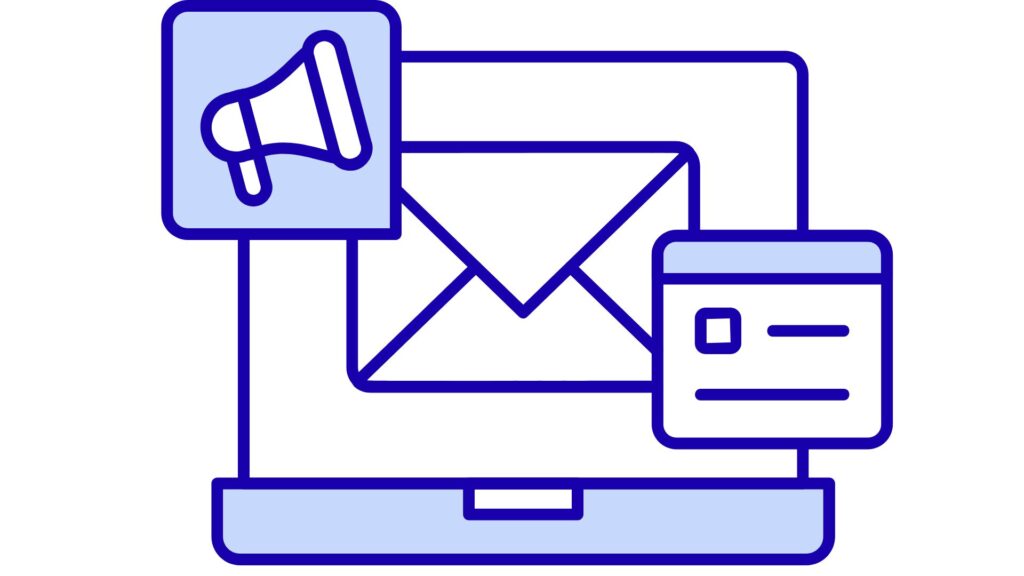
Types of Email Marketing Campaigns
- Welcome Emails – Sent to new subscribers to introduce your brand.
- Newsletters – Regular updates with company news, industry insights, or educational content.
- Promotional Emails – Highlight sales, discounts, or new product launches.
- Abandoned Cart Emails – Remind customers of items left in their cart.
- Re-engagement Emails – Win back inactive subscribers with special offers.
- Transactional Emails – Order confirmations, shipping updates, and receipts.
Best Practices for Successful Email Marketing
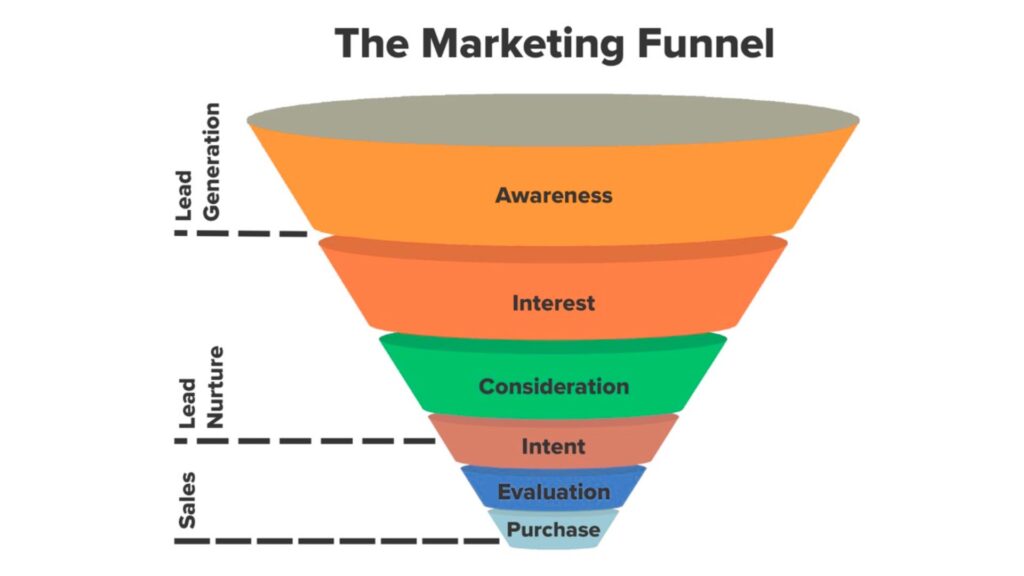
1. Build a Quality Email List
- Use sign-up forms on your website or social media.
- Offer lead magnets like eBooks, discounts, or free trials.
- Avoid buying email lists it harms credibility and deliverability.
2. Segment Your Audience
Different subscribers have different needs. Segmenting helps you send relevant messages—for example, separating new subscribers from loyal customers.
3. Personalize Content
- Use the recipient’s name.
- Recommend products based on past purchases.
- Send personalized birthday or anniversary emails.
4. Optimize Subject Lines
- Keep them short and catchy.
- Use curiosity, urgency, or personalization to increase open rates.
- Avoid spammy words like “FREE!!!” or “Act Now.”
5. Use Mobile-Friendly Designs
Over 60% of emails are opened on mobile devices. Ensure your emails are responsive and easy to read on small screens.
6. Automate Campaigns
Set up workflows for welcome emails, abandoned carts, and follow-ups to save time and maintain consistency.
7. Test and Analyze
Use A/B testing to experiment with subject lines, visuals, and call-to-actions (CTAs). Analyze metrics such as open rates, click-through rates, and conversions to improve campaigns.
Benefits of Email Marketing for Businesses
- Builds stronger customer relationships.
- Increases brand awareness.
- Drives website traffic and sales.
- Provides measurable results.
- Enhances customer retention and loyalty.
Future Trends in Email Marketing (2025 and Beyond)
- AI-Powered Personalization : Smarter algorithms will help businesses send hyper-targeted content.
- Interactive Emails : Expect quizzes, polls, and videos inside emails.
- User-Generated Content : Showcasing customer reviews and photos within newsletters.
- Privacy-Focused Marketing : With stricter data laws, transparency and consent will become more important.
- Integration with Other Channels : Emails will work seamlessly with social media, chatbots, and SMS marketing.
Conclusion
Email marketing continues to be a powerful tool for businesses of all sizes. When done correctly with personalization, segmentation, and automation it not only drives sales but also strengthens customer loyalty. As technology evolves, marketers who embrace trends like AI, interactivity, and privacy will gain a competitive edge.
FAQs About Email Marketing
Q1: How often should I send marketing emails?
It depends on your audience, but 1–4 times a month is a safe range. Consistency matters more than frequency.
Q2: What’s the best day to send emails?
Studies suggest Tuesdays and Thursdays work well, but testing with your own audience is key.
Q3: How can I increase email open rates?
Craft engaging subject lines, personalize content, and avoid spammy phrases.
Q4: Is email marketing suitable for small businesses?
Yes, it’s affordable, scalable, and highly effective even for startups and small companies.
Q5: Do people still read emails with so much social media around?
Absolutely! Emails remain a trusted and professional channel for communication and business promotions.
Business
Trade Agreements: Building Bridges in Global Commerce

Introduction
In today’s interconnected world, no nation can remain isolated when it comes to trade. Countries depend on each other for resources, technology, and markets. This interdependence has given rise to trade agreements, formal arrangements between nations that establish rules and guidelines for exchanging goods, services, and investments. Trade agreements are critical for boosting economic growth, reducing trade barriers, and fostering cooperation across borders.
This blog explores the types of trade agreements, their benefits, challenges, and examples, while also answering frequently asked questions.
What Are Trade Agreements?
It is a contract or treaty between two or more nations that outlines the terms of trade between them. These agreements are designed to:
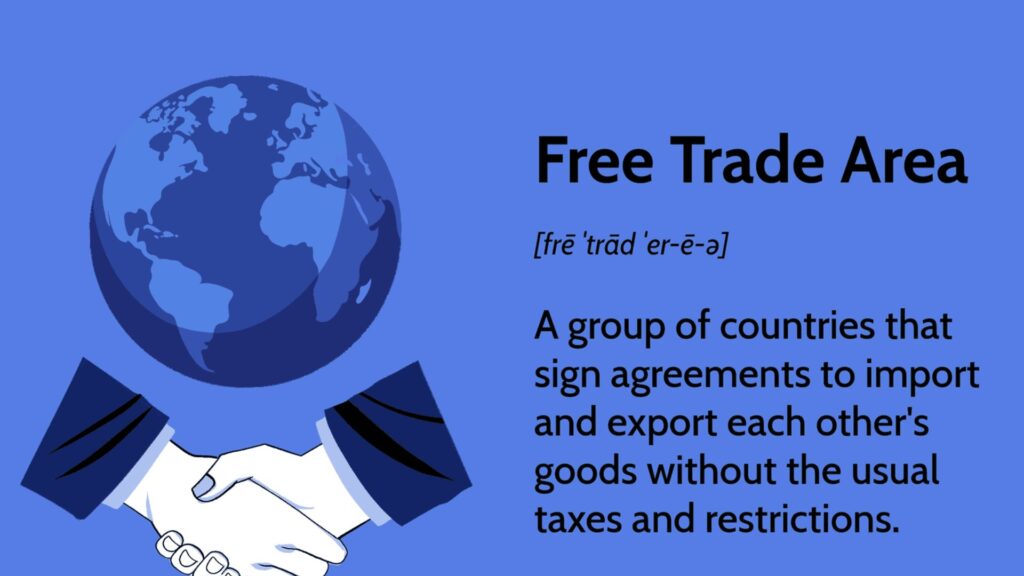
- Reduce or eliminate tariffs, quotas, and duties.
- Simplify customs procedures.
- Promote fair competition.
- Protect intellectual property rights.
- Encourage investments.
Trade agreements are binding under international law and can be bilateral (between two countries) or multilateral (involving multiple countries).
Importance
- Economic Growth : By opening markets, agreements increase exports and imports, creating opportunities for businesses.
- Job Creation : Expanding trade often leads to new industries and jobs in both manufacturing and services.
- Access to Resources : Nations can access raw materials, technology, and goods that may not be available domestically.
- Global Competitiveness : Trade agreements push businesses to innovate and improve efficiency.
- Political Cooperation : Strong economic ties often reduce conflicts and build diplomatic trust.
Types
1. Bilateral Trade Agreements
- Agreements between two nations.
- Example: The U.S.–Mexico Agreement on sugar exports.
2. Multilateral Trade Agreements
- Agreements involving multiple countries.

- Example: The World Trade Organization (WTO) agreements that regulate trade globally.
3. Regional Trade Agreements (RTAs)
- Nations within a specific geographic area form agreements.
- Example: European Union (EU), North American Free Trade Agreement (NAFTA) (now replaced by USMCA).
4. Free Trade Agreements (FTAs)
- Eliminate tariffs and quotas among member nations.
- Example: ASEAN Free Trade Area (AFTA) in Southeast Asia.
5. Customs Unions
- Member nations adopt a common external tariff system.
- Example: The Southern Common Market (MERCOSUR) in South America.
6. Common Market Agreements
- Allow free movement of goods, services, capital, and labor.
- Example: European Single Market.
Key Examples
North American Free Trade Agreement (NAFTA) → USMCA
- Established in 1994 between the U.S., Canada, and Mexico.
- In 2020, replaced by United States–Mexico–Canada Agreement (USMCA).
- Focused on reducing tariffs, protecting intellectual property, and promoting fair labor practices.
European Union (EU) Single Market
- One of the most advanced trade blocs in the world.
- Allows goods, services, capital, and people to move freely across member states.
World Trade Organization (WTO) Agreements
- WTO was established in 1995.
- Provides a platform for negotiating and enforcing global trade rules.
Comprehensive and Progressive Agreement for Trans-Pacific Partnership (CPTPP)
- Involves countries like Japan, Canada, Australia, and Mexico.
- Promotes free trade in the Asia-Pacific region.
African Continental Free Trade Area (AfCFTA)
- Aims to create a single market across Africa.
- Could boost intra-African trade significantly.
Benefits of Trade Agreements
- Lower Costs for Consumers : Reduced tariffs make imported goods cheaper.
- Expanded Business Opportunities : Companies gain access to international markets.
- Encouragement of Innovation : Competition drives businesses to adopt new technologies.
- Foreign Direct Investment (FDI) : Trade agreements attract investors seeking access to larger markets.
- Stronger Diplomatic Ties : Economic interdependence strengthens relationships between nations.
Challenges and Criticisms
- Unequal Benefits : Not all industries or countries benefit equally.
- Job Losses : Certain domestic industries may suffer due to increased imports.
- Dependence on Imports : Over-reliance on foreign goods can weaken local industries.
- Environmental Concerns : Increased production and shipping can harm ecosystems.
- Complex Negotiations : Reaching consensus among multiple countries can take years.
Future of Trade Agreements
With globalization, trade agreements are evolving. Emerging trends include:

- Digital Trade Agreements : Covering e-commerce, cybersecurity, and data protection.
- Green Trade Policies : Incorporating climate change and sustainability measures.
- Regional Blocs Expansion : More countries joining existing agreements.
- Focus on Fair Trade : Ensuring labor rights, wage standards, and ethical sourcing.
Frequently Asked Questions
1. What is the difference between free trade and fair trade?
- Free trade focuses on reducing tariffs and quotas.
- Fair trade emphasizes ethical practices, fair wages, and sustainability in trade.
2. Do trade agreements benefit all countries equally?
No. Larger economies often benefit more due to stronger industries, while smaller economies may struggle to compete. However, they can gain from access to bigger markets.
3. Why do some people oppose trade agreements?
Opposition comes from concerns about job losses, outsourcing, environmental damage, and loss of local industry competitiveness.
4. How do trade agreements affect consumers?
Consumers benefit from lower prices, more choices, and better quality products. However, domestic producers may face tougher competition.
5. Can trade agreements fail?
Yes. If countries don’t comply with rules or economic conditions change drastically, agreements may collapse or need renegotiation. Example: NAFTA was renegotiated into USMCA.
6. What role does the WTO play in trade agreements?
The WTO acts as a global referee, ensuring nations follow trade rules, settling disputes, and promoting fair competition.
7. How do trade agreements support developing countries?
They provide access to larger markets, encourage investments, and help nations integrate into the global economy.
Conclusion
Trade agreements are the backbone of global commerce. While they come with challenges, their role in shaping economies, creating opportunities, and fostering international cooperation cannot be underestimated. The future of trade will likely be defined by digitalization, sustainability, and inclusivity. For businesses, policymakers, and consumers alike, understanding trade agreements is essential in today’s globalized economy.
-

 Fashion3 months ago
Fashion3 months agoThese ’90s Fashion Trends Are Making a Big Comeback in 2025
-

 Fashion3 months ago
Fashion3 months agoTop Fashion Trends to Follow in August 2025
-

 How-To Tutorials & Troubleshooting3 months ago
How-To Tutorials & Troubleshooting3 months agoHow to Fix Missing Pantone Color Books in Adobe Illustrator 2024-2025 (Free and Easy Method)
-

 Entertainment3 months ago
Entertainment3 months agoTrending Soundtrack: “KPop Demon Hunters”
-

 Entertainment3 months ago
Entertainment3 months agoSquid Game Season 2: Deadlier Games, Deeper Secrets & Darker Drama




